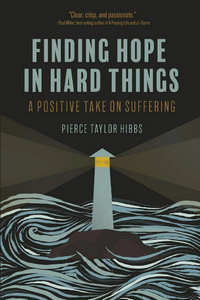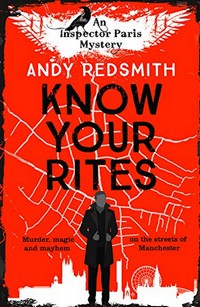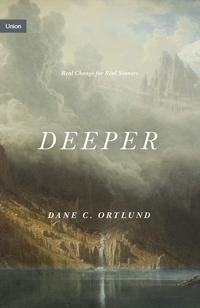 |
Deeper: Real Change for Real Sinnersby Dane C. Ortlund Kindle Edition, 144 pg. Read: October 26, 2021 |

What’s Deeper About?
The goal of this book is to call believers to grow in Christ, to experience a deeper kind of Christian life. Ephesians 4:15 and 2 Peter 3:18 call for the Christian to grow, and that’s where Ortlund wants to focus.
He eschews the typical calls for greater discipline, certain acts/habits, intellectual pursuits, or behavioral changes for this aim. Instead, Ortlund wants to pursue this through a focus on Christ we are changed as we look to Him and his benefits.
Growing in Christ is not centrally improving or adding or experiencing but deepening…deepening is that you already have what you need. Christian growth is bringing what you do and say and even feel into line with what, in fact, you already are.
To point the believer to looking to Christ, he focuses on nine different aspects of that action—with one chapter per aspect (that I’ll gloss over because I get into it later).
Sources/Influences
Early on, Ortland makes several references to Henry Scougal’s The Life Of God In The Soul Of Man, which just made me happy. Introducing contemporary readers to Scougall’s classic is a great thing—also, it reminded me that I need to dust off my copy. I’m far overdue for a re-read of that.
I also assumed that the whole book was going to be along those lines. Instead, he seemed to lean primarily on Martin Luther, C. S. Lewis, Francis Schaeffer, and Dietrich Bonhoeffer—not a slouch among them, but none of them are really all that well-known for their work on sanctification.
I’m not saying that’s bad, I’m just wondering if his influences led to some of my ambivalence about the book as a whole.
So, what did I think about Deeper?
I do not have nine things to say. I have one thing to say. Look to Christ. You will grow in Christ as you direct your gaze to Christ. If you take your eyes off of Jesus Christ and direct your gaze to your own growth, you will prevent the very growth you desire…
The nine chapters of this book are not sequential steps in growing; they are different facets of the one diamond of growth. In order to grow, we need to see who the real Jesus is (chap. 1), collapsing into his arms and continuing to do so all our lives long (chap. 2) as those united to him (chap. 3), drinking down his undeserved love (chap. 4) and full legal exoneration on the basis of his own finished work (chap. 5), being therefore freed up to walk in the light (chap. 6) and receive the anguish of this life as the gentle hand of God to help us rather than to punish us (chap. 7), seeing the love of Christ by inhaling the Bible and returning our love to him in exhaled prayer (chap. 8), and actually experiencing the love of heaven through the indwelling Spirit (chap. 9).
It is, no question about it, better than the previous volume in the Union series. But for a book called Deeper, it really leaned toward the shallow, he needed to expand every one of those facets—if for no other reason than to do a better job of showing how they’re facets of the one idea. Because as much as he claims he had one idea in the book, not nine, I really never got that impression. Like the Reeves book on Fear of God, if this is intended to be the “full treatment” of the idea for pastors and other leaders, it falls short.
I liked everything that he had to say, I appreciated the wisdom of it, and I agree these things, as they are rooted in the gospel, need to be emphasized in the believer’s attention and life. But…I always felt like something was missing. Both in his thinking and his presentation—it’s likely just the latter, but without the more thorough presentation, it seems like it’s his logic.
I think most people will find some benefit to this book—not as much as Ortlund aimed for, perhaps–and I’m glad I read it. I just wanted something deeper.

This post contains an affiliate link. If you purchase from it, I will get a small commission at no additional cost to you. As always, opinions are my own.
![]()


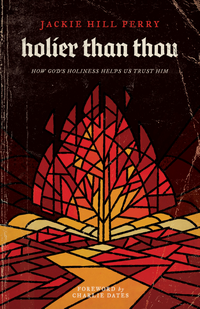

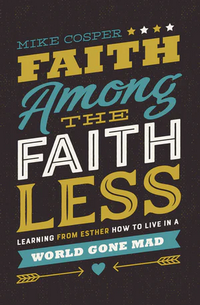
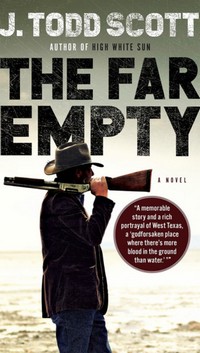

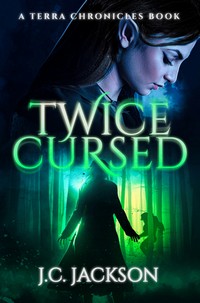
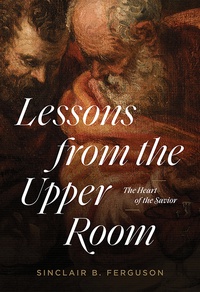
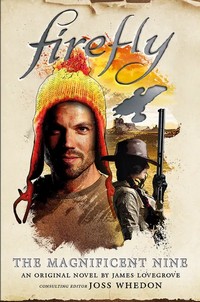
 River got to talk to more cows!
River got to talk to more cows!